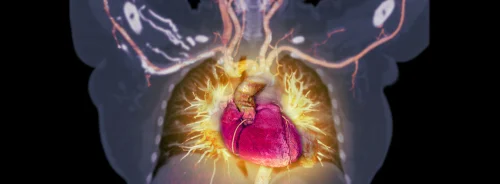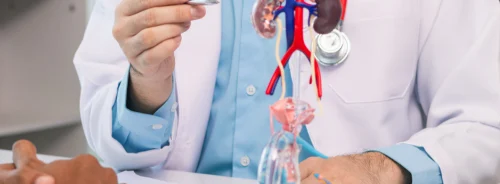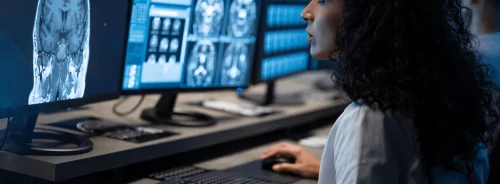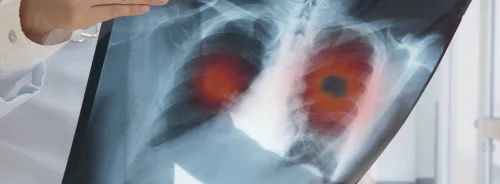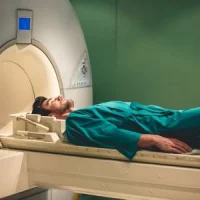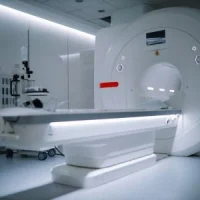Many patients experience ongoing symptoms following a COVID-19 infection. These are characterised under the umbrella term 'long-COVID', of which one of the most common is breathlessness. It is unclear whether the breathlessness is linked to changes in breathing patterns, tiredness, or lung damage.
The EXPLAIN project, involving teams at Sheffield, Oxford, Cardiff and Manchester and funded by the Oxford Biomedical Research Centre, seeks to explain ongoing breathlessness in COVID patients who were not admitted to the hospital. The researchers recently published results in a preprint showing that they detected lung abnormalities in long-COVID patients using a hyperpolarised xenon gas MRI (Xe-MRI) to access lung function.
The study compared lung function between 11 non-hospitalised long-COVID patients (NHLC), 12 post-hospitalised COVID-19 patients (PHC), and 13 healthy volunteers, all of whom had normal or near-normal CT scans.
Participants breathed in hyperpolarised xenon during the Xe-MRI scan as a gaseous contrast agent. Lungs normally exchange oxygen and carbon dioxide. During the scan, xenon behaves like oxygen during the gas exchange process and exits the lungs to the bloodstream. Lung tissues that retain xenon longer due to poor gas exchange produce a reduced signal over a longer period of time. Thus, this technique allowed scientists to determine lung function in this study. Participants also underwent spirometry and one minute sit-to-stand tests.
NHLC patients showed significantly lower lung gas exchange than PHC patients. The study also uncovered lower blood cell to tissue-plasma ratios in COVID-19 patients [0.45 (volunteers) vs. 0.33 (PHC) and 0.31 (NHLC)]. No other differences were found.
This study is a precursor for a larger study that is expected to recruit 400 participants to confirm these results.
Latest Articles
MRI, Xenon, COVID 19, Long-COVID
A U.K. study found that a hyperpolarised xenon MRI can detect hidden lung damage in patients diagnosed with Long-COVID.

